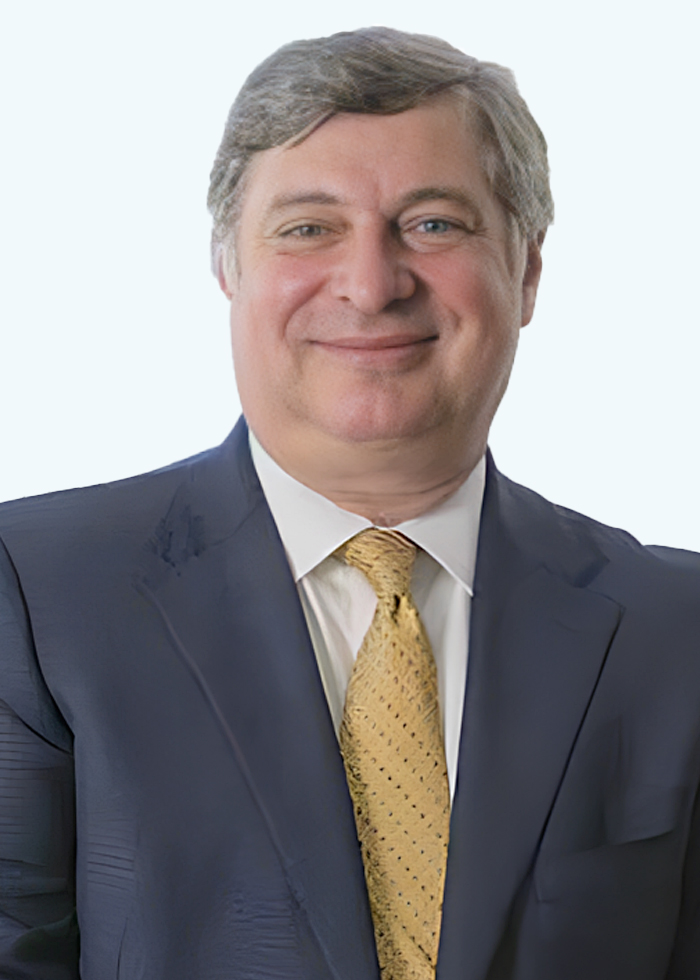Aside from patent protection, a trademark may be a good alternative or addition to protect your product or service.
By Susanne Somersalo, Ph.D; Esq.
Aside from patent protection, a trademark may be a good alternative or addition to protect your product or service. Because a federal trademark registration is valid as long as it is used and the renewal fees are paid, a trademark may be an excellent tool to extend protection beyond the limited lifetime of a patent. The first patent issued on April 13th 1880 to George Eastman for dry plates for use in photography expired 17 years later. However, the trademark Kodak® and the yellow and black –trade dress distinguished patented Kodak-products for over hundred years later.
Federal trademark registration is a relatively simple, fast and inexpensive process. A trademark can be registered if it is capable of distinguishing the source of the goods or services. In practice, this means that the mark needs to be unique to the extent that it is not confusingly similar to another existing mark. A trademark may be similar or even same as another existing mark as long as the products and services are so different that consumers would not become confused.
We are often asked what is the difference between the marking ™ and ®. TM can be used in connection with a mark even if the mark is not registered. It is a notice to others of common law trademark usage. Once the mark is registered with the United States Patent and Trademark Office (USPTO) the mark may be marked with ®. Actually, once the mark is registered, it is a good practice to make sure that the mark is always followed by the R in the circle, so as to avoid the mark becoming generic. Sad examples of how a trademark lost its capacity to protect owner’s goods and services are marks such as Cellophane, Dry Ice or Escalator. They all were once registered trademarks, but the owners failed to make sure the names were used only in connection with the products of the owner.
Trademarks, similarly as patents, are geographically limited to the country where the mark was issued. A federal trademark registration in the United States thus gives protection in the United States. If you have your product or service in commerce outside the United States, you may want to consider filing a trademark in the countries you use the mark. An international treaty called Madrid Protocol, provides a chance to claim priority of the trademark application filed in the United States and file a single international application that can be entered in any chosen countries that a members of the Madrid Protocol. The advantage of the Madrid Protocol is that the international filing can be done through the U.S. Patent and Trademark Office. Trademark protection in countries that are not yet members of the Madrid Protocol would require separate trademark filing in each of those countries.

